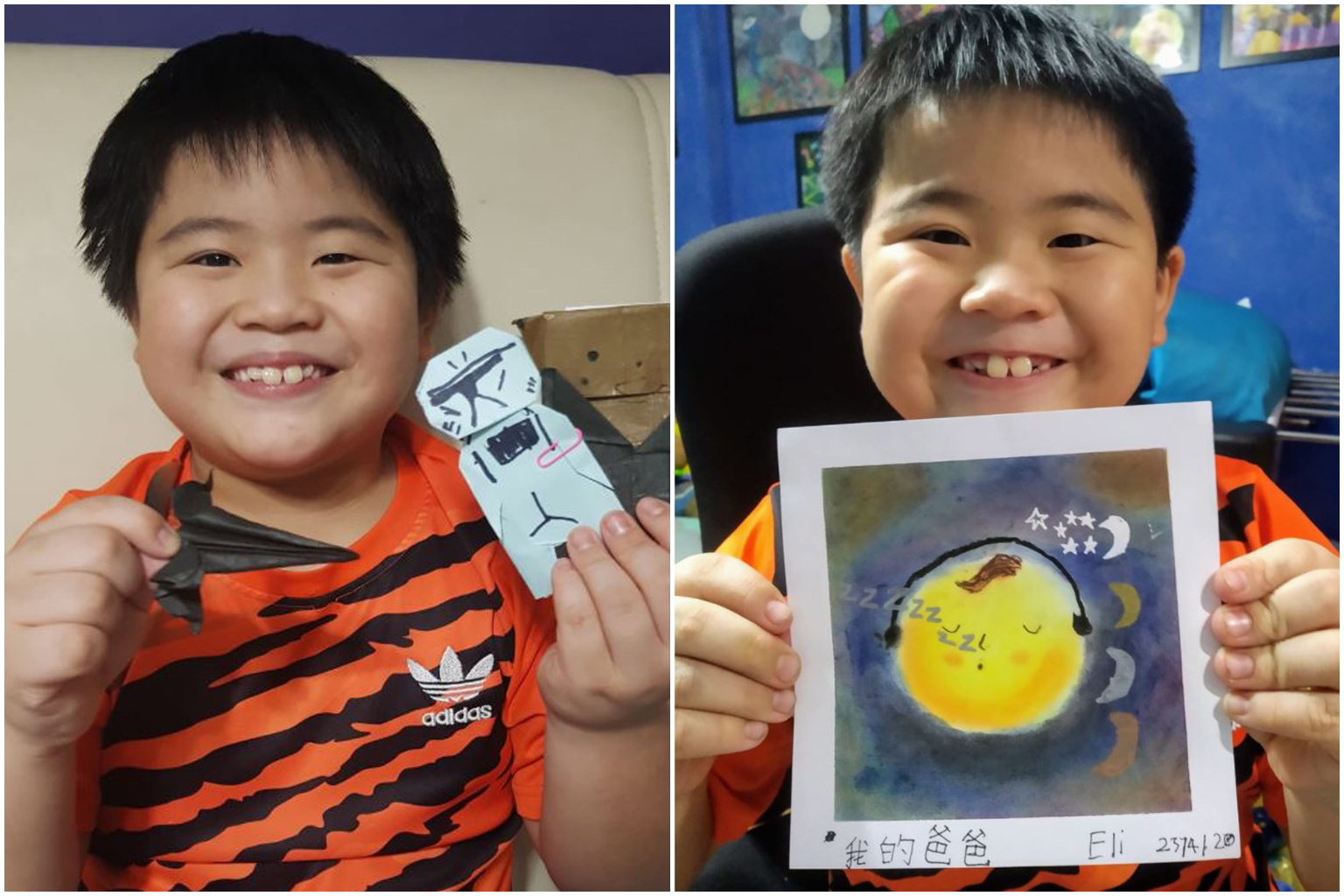Design has been a powerful tool against the pandemic in recent months. The industrys efforts to step up and meet the urgent demand has been little short of herculean. Contributors range from fashion houses and car manufacturers to resourceful makers at home and, more surprisingly, architects. The 3D printers normally used for model making have produced thousands of visors for NHS workers.
The task to make textile items has inevitably been led by established fashion houses with access to existing workshops and supply chains. Burberry has churned out 100,000 non-surgical gowns at its trench coat factory in Yorkshire and Barbours factory in South Shields – the wellspring of the classic wax jacket – is now producing 1,000-1,500 disposable gowns a day. Italian fashion houses such as Prada, Armani and Zegna Group have also become manufacturers of protective clothing overnight. Bvlgari, known for accessories and perfumes, has switched focus from scents to sanitising, giving 160,000 75ml bottles of hand gel (labelled “Bvlgari” no less) to the NHS.
The aerospace and automotive industries combined their efforts to support the manufacture of ventilators. A consortium including Rolls Royce, Airbus and BAE Systems, Ford and McLaren has significantly ramped up production by the UKs main manufacturers, Penlon and Smiths Group, from 50 or 60 ventilators per week to as many as 1,500.
“What youve seen in the last few weeks is a massive industrial scale activity involving literally thousands of people,” explains Dick Elsy, who leads the Ventilator Challenge UK. “Seven new factories have been built in parallel to the existing production to get the volume through.”
McLaren, for instance, switched high-performance cars for high-performance medical equipment, producing components and crash-testing trolleys for ventilators.
Designer Richard Quinn had just finished his collection for Februarys London Fashion Week when Covid-19 became a pandemic and the world went into lockdown. His plans to create operatic ensembles for a glittering roster of celebrities to wear to the New Yorks Met Gala in May were cancelled, so instead hes made scrubs for health workers which have also ended up turning heads.
Quinn used offcuts of his characteristic bold florals and polka dot fabrics. “Its nice for the brand to give back in a fun way,” he says. “The Hawaiian scrubs have been a real talking point.” The catwalk for this attire is hospitals across London, including University Hospital Lewisham, where Quinn was born.
For such companies, switching to manufacture an entirely different product couldnt happen with the click of a finger but time was short. A Prada representative spoke of having to “find the raw materials, change the production line by adapting it to a different kind of product and optimising production timings in order to produce as many items as possible in a short period of time.” The companys factory in Montone, Tuscany, has hand sewn 110,000 masks and 80,000 overalls.
The sheer will of some smaller-scale initiatives has enabled them to bypass bureaucracy. Holly Fulton, Phoebe English and Bethany Williams joined forces to form the Emergency Designer Network (EDN) in March. “It kicked off because I was contacted directly by hospitals and a couple of hospices about supplying them with PPE,” says Fulton. “That made alarm bells ring because Im a very small designer and if they were getting to the stage of researching people like me, the situation was not good.” The initiative harnessed the skills of more than 140 makers, ranging from high street brands to volunteers at home.
The obstacles to gaining certification to produce PPE through official channels slowed the process for many designers. The EDN had conversations with Whitehall initially but say they gave up and resorted to working directly with hospitals. They achieved a workable product by cutting a pattern from scrubs provided by the Royal Free Hospital and sourcing fabric from an NHS supplier. “We even liaised with the official NHS launderer – Prestige Dyers in east London,” says Fulton.
That is not to forget the ingenuity displayed in quieter ways by local collaborations, community support groups and digital information sharing, through which societies have often been one step ahead of professionals. Organisations such as Helpful Engineering and 3DCrowd UK appeared within days of lockdown to channel resources. And as design critic Alice Rawsthorn says, “Some of the best design ideas have come from doctors, like the anaesthetist at a Bologna hospital who reconfigured the ventilators to treat two patients at a time.” Along with Paola Antonelli, MoMAs senior curator of design, she has launched Design Emergency, an initiative to explore the way in which design has sparked innovation during the pandemic.
One legacy of the pandemic could be a rethink of designs reputation as a somewhat frivolous sector. According to Rawsthorn, this “should defuse the archaic stereotypes of design as a styling and PR tool, by proving its value in tackling complex social, political, ecological and economic problems.”











